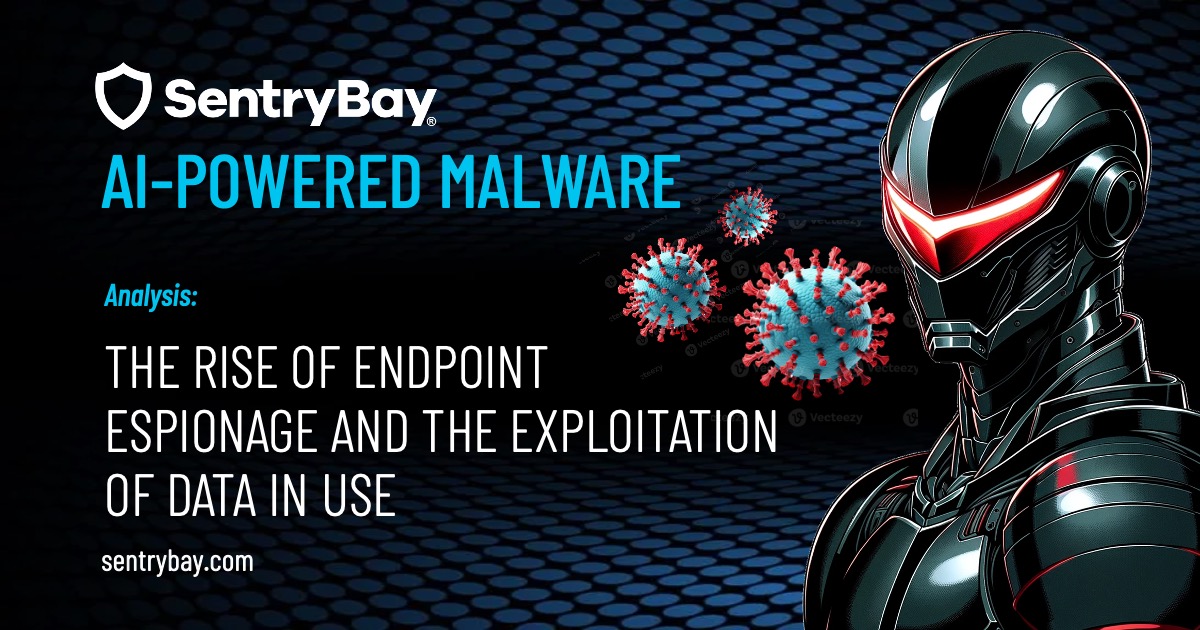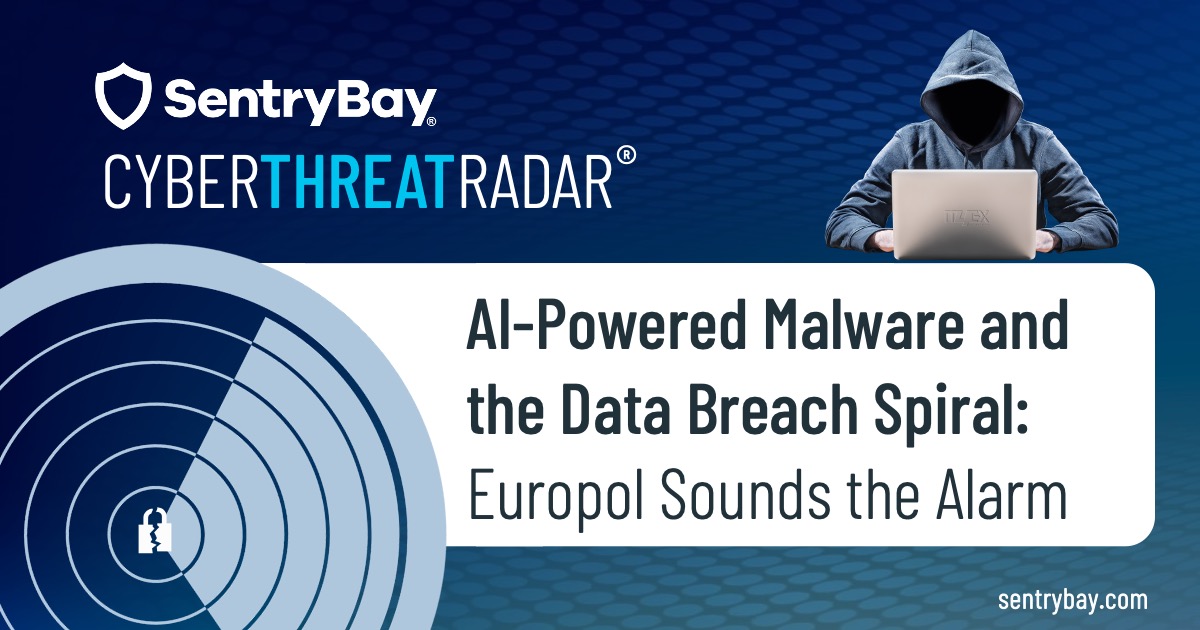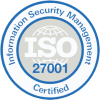
Endpoint security is an essential aspect of any healthcare organization’s cybersecurity program. A single vulnerable endpoint can provide an entry point for threat actors to carry out cyberattacks in the healthcare sector. With the rise in remote work, bring-your-own-device (BYOD) policies, and the increasing number of connected devices within healthcare IT networks, cybercriminals have numerous opportunities to exploit.
To ensure the protection of these endpoints, organizations implement endpoint security measures through network or cloud-based systems. Basic endpoint protection platforms (EPPs) play a crucial role in this process by examining incoming files and identifying potential threats.
As cybercriminals enhance their skills and healthcare institutions face an ongoing challenge of ransomware attacks, it is imperative for healthcare organizations to comprehend and adopt efficient endpoint security measures. This is crucial to safeguard patient data and minimize the potential cyber threats.
The Critical Role Of Endpoint Security In Protecting Healthcare Data
The COVID-19 pandemic has compelled numerous employees to transition to remote working arrangements, resulting in a significant increase in the number and types of endpoints. While remote work was not the standard practice in the healthcare industry, the unprecedented circumstances forced many non-essential workers to work from home whenever possible. Consequently, the healthcare sector found itself ill-prepared from a cybersecurity standpoint due to the sudden and unexpected shift.
Furthermore, the use of personal devices, known as BYOD, to enhance workflow and productivity in hospitals has gained popularity in recent years. Despite its advantages, BYOD introduces various security concerns that could potentially result in the leakage of patient data.
A 2020 study published in JMIR Mhealth and Uhealth highlighted several significant obstacles. These included the utilization of devices lacking adequate security controls by hospital personnel, a lack of management control or visibility to uphold security requirements, limited awareness among hospital staff, absence of clear direction or guidance for BYOD usage, subpar user experience, adherence to legal obligations, scarcity of cybersecurity expertise, and the risk of device loss.
Security And Privacy Issues Related To BYOD
Endpoint security solutions do not provide a complete solution, but they can assist healthcare organizations in addressing certain security and privacy issues related to BYOD. The value of endpoint security solutions in safeguarding health data must not be underestimated. In today’s landscape, cyberattacks often focus on endpoints as much as networks. By implementing fundamental security measures on these assets, organizations can establish a crucial level of threat management. It is import to ensure these assets can securely interface and function, especially as the modern workforce becomes more mobile.
The computing environments that make up our endpoints are no longer fixed devices within the healthcare organization’s main network. Nowadays, organizations rely on virtual teams, mobility, and remote access methods to carry out their work. In some cases, endpoints may not even connect to the corporate network. It is crucial to develop cybersecurity practices that take these characteristics into consideration.
CISA has also highlighted the excessive reliance on network security resulting in a lack of endpoint protection due to as one of the major cybersecurity challenges faced by the healthcare sector in 2020. Traditional network security measures, such as antivirus software and firewalls, are used to detect and block threats before they reach the endpoints connected to an enterprise’s network. However, these measures have limited visibility and cannot address all the threats and vulnerabilities present in end-user devices.
Providing Visibility Into All Connected Endpoints
Endpoint security protection provides visibility into all connected endpoints. While network security tools focus on stopping specific threats and are installed across the network, endpoint security tools are installed directly on the endpoint itself.
“Until recently, network security controls dominated organizations’ security budgets. However, the increasing use of endpoint devices has significantly weakened network perimeters”, said Paul Gilbert, Cybersecurity Account Executive (Healthcare), SentryBay. “As a result, organizations are now shifting towards a comprehensive approach to security that covers all entry points to the network. By integrating network and endpoint security, organizations can enhance their ability to detect and respond to a wide range of security threats, both in real-time and through historical analysis. Network security remains a crucial aspect; however, it is inadequate to link network security controls solely to physical systems. These systems are excessively rigid and inflexible to meet the demands of today’s dynamic network environment.”
Organizations can effectively manage and secure their endpoints by implementing a comprehensive security program that focuses on both people and devices. This approach allows for centralized control and ensures that all endpoints are accounted for, minimizing the risk of unauthorized access.
It is important to note that endpoint security tools should not be seen as a substitute for network security tools. While both have their own unique advantages, they can complement each other in protecting organizations against cyber threats. By combining these tools, organizations can create a robust security framework that addresses the needs of end-users and connected devices. However, as the number of endpoints increases, healthcare organizations should act accordingly by recognizing potential risks and investing in tools that will protect against cyberattacks.
SentryBay’s Armored Client – Shields Sensitive Healthcare Data And Patient Information
“In today’s rapidly evolving digital healthcare landscape, the importance of robust cybersecurity measures cannot be overstated,” commented Brent Agar, VP Strategic Partnerships, SentryBay. “At SentryBay, we are acutely aware of these challenges and have developed our Armored Client product specifically to address them. Armored Client is also designed to seamlessly integrate with Epic Hyperdrive, Epic’s innovative browser-based application platform that delivers healthcare-focused enhancements intended to replace the desktop-based Epic Hyperspace application still used by many healthcare organizations.”
What sets Armored Client apart is its ability to provide encrypted keystrokes and protection against illegal screen capture while using Epic Hyperdrive. This ensures that sensitive patient data and healthcare operations remain secure, even in the face of sophisticated cyber threats. Moreover, as healthcare organizations increasingly transition to Microsoft platforms, there’s a growing need for enhanced endpoint protection. This is crucial for healthcare organizations that are embracing digital transformation and need to ensure the utmost security and privacy of their data.
As healthcare continues to advance technologically, the integration of comprehensive cybersecurity solutions like Armored Client becomes essential. This tool not only protect critical healthcare data but also fortifies the trust patients place in healthcare providers.




